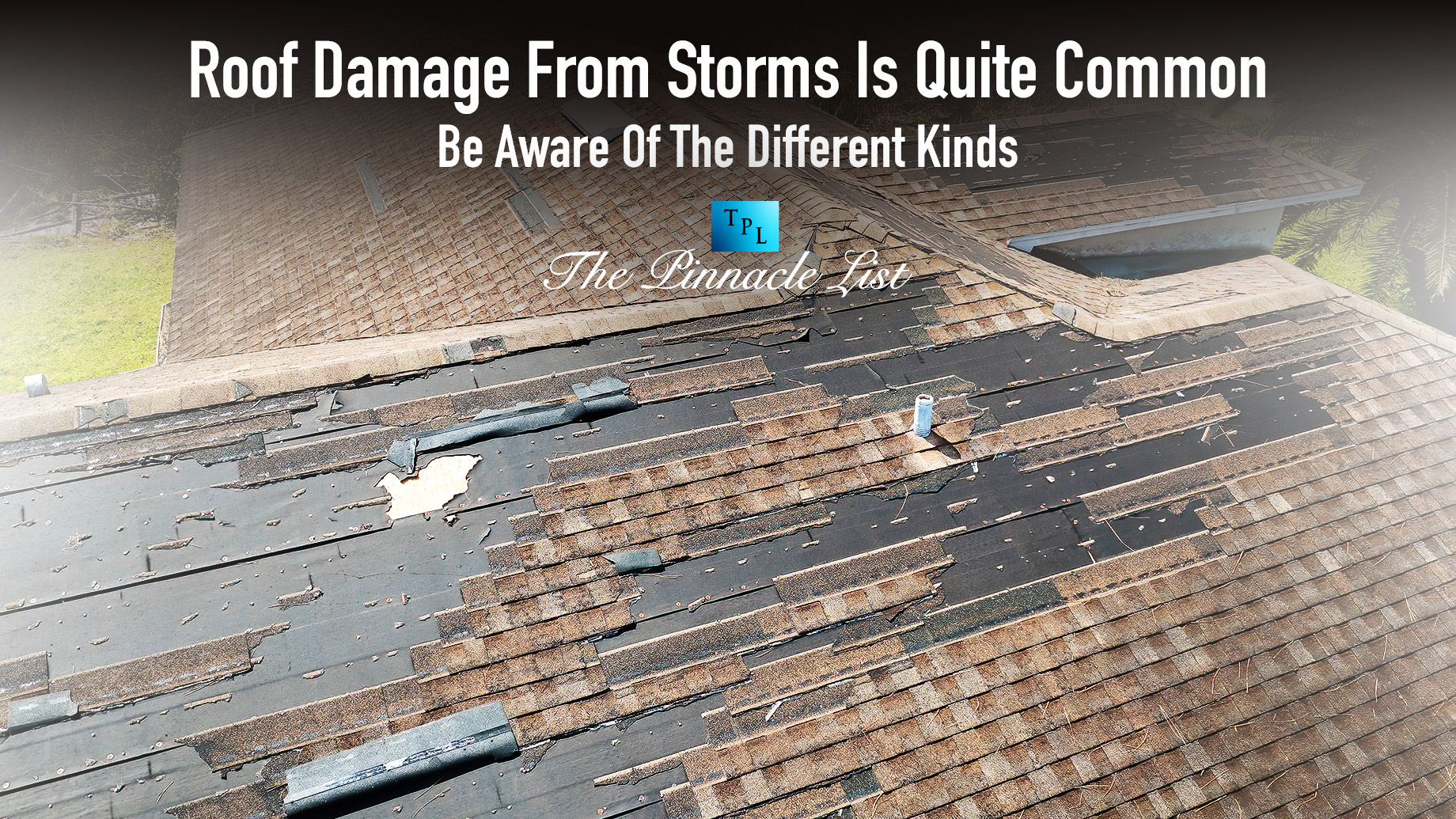
Irrespective of where you live in, chances are you have faced rough weather, such as hailstorms, summer storms, or tornadoes. The ferocious rain and wind frequently cause havoc on your roof and the exteriors of your home.
Identification of storm damage to your roof
To quickly stop the problem, you should be aware of and identify the various types of storm damage to your roof. Experts from Roberts Roofing of Newburgh assert that you must call professional companies for a roof inspection. Please do not attempt to do it yourself because you might slip and fall.
The different types of storm damage to your roof are as follows:
1. Winds
Winds that meteorologists classify as hurricane-driven winds hit areas at a speed of 74 mph or even more. These winds cause a lot of damage to the roof of your home, causing shingles to break or even tear apart. They leave the deck of the roof, its underlayment, and other areas dangerously exposed to different weather elements.
When storms are not as severe, sharp and sudden wind gusts can curl and even lift roof shingles off the area. When these shingles are installed, they are overlapped to make a watertight seal. However, winds at an incredible speed cause them to lift and curl, exposing your roof to dangerous weather elements.
2. Hails
Hails cause much damage to roofs even though they are relatively shorter in duration compared to hurricanes, storms, and tornadoes. They often cause dents in the roof and leave pockmarks on the shingles. They are also capable of loosening the granules of shingles. This is a big problem for your home, as they protect the roof against the sun and rain. Hail damage also ruins the aesthetic appeal of the roof’s surface.
3. Standing rainwater and a flawed drainage system
After a long-duration storm, standing rainwater, especially in uneven areas on the roof, is very dangerous. The gutters become clogged, and the rainwater collects under the shingles, allowing moisture to seep into the underlayment of the deck of your roof. You must call professional roofing companies to check the drainage system on the roof immediately after the storm ends.
4. Debris on the roof
The storm often leaves debris on the roof, especially if it is severe. The waste collects on the roof’s top, and large objects can create dents or cause damage to the roof’s surface. This makes your home vulnerable to water and moisture seepage. Heavy tree branches should be removed from the roof as soon as possible.
Your roof is the first line of defense for your home, so take good care of it to keep your home safe from severe storms in the future—contact roofing companies with positive customer testimonials and proven track records in storm damage roof care. You should never know how consequential the roof damage is after a storm, so always pay attention to a professional inspection of the area. Call in professionals to check the roof and ensure repairs are done immediately.